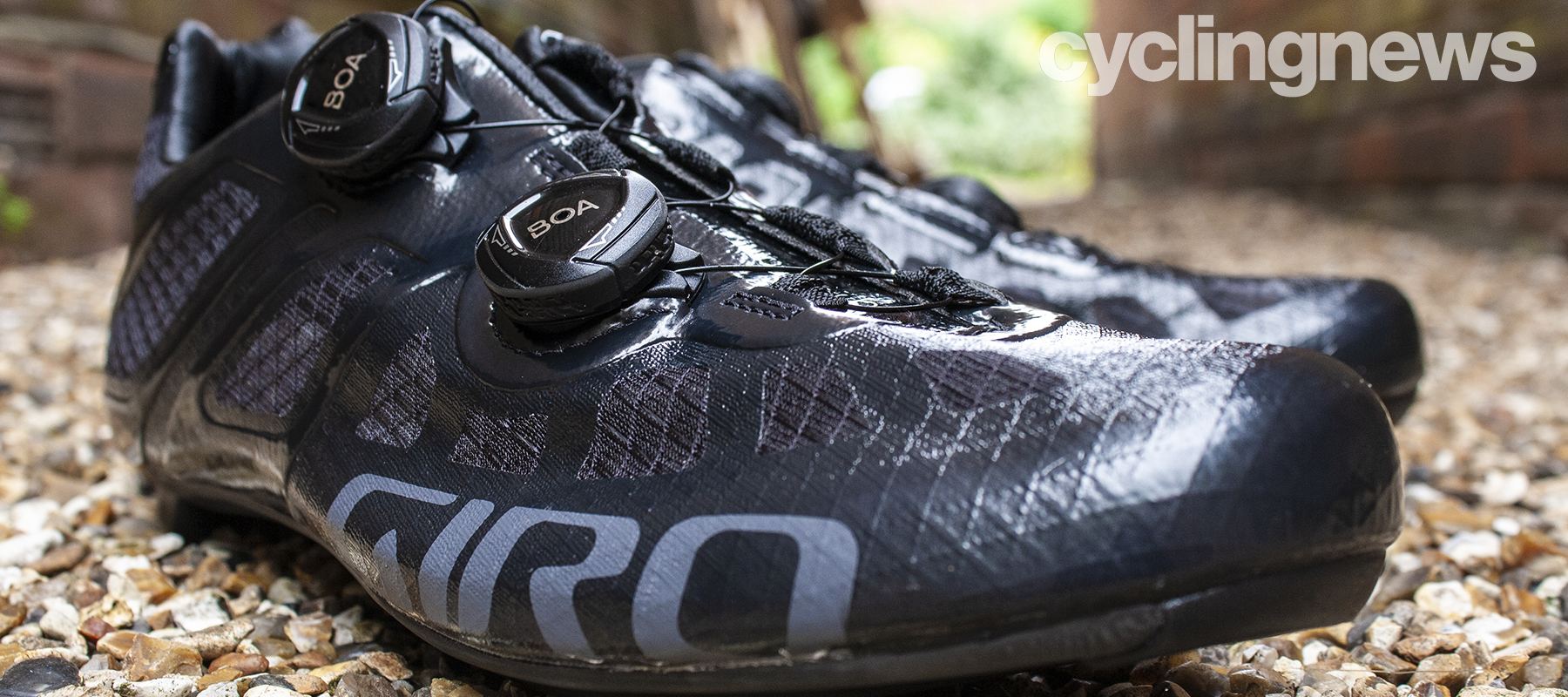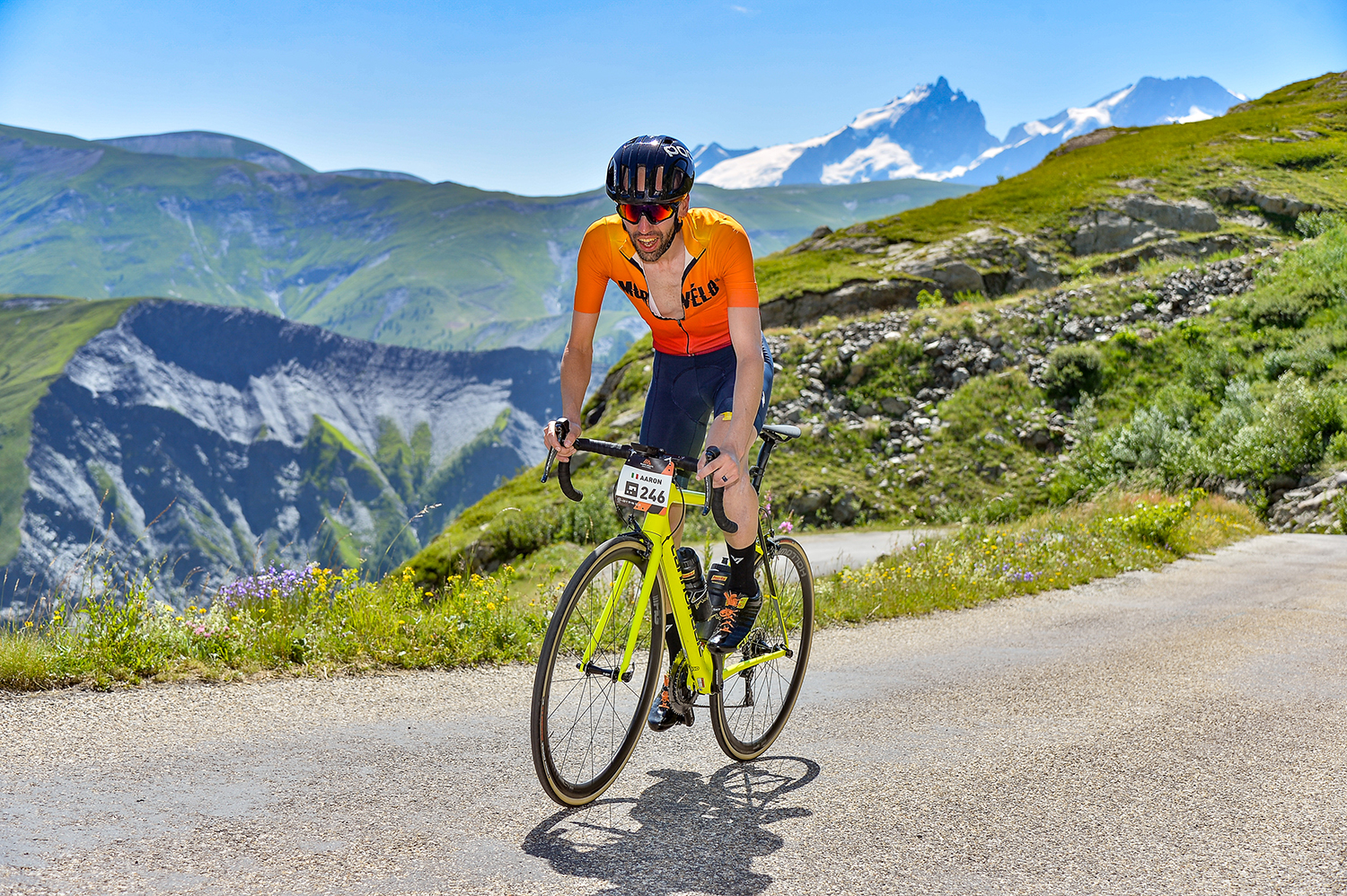Cyclingnews Verdict
Giro's most stylish and sophisticated shoe to date
Pros
- +
Stiff and light
- +
Achingly beautiful
- +
Your mates will envy you
Cons
- -
Mesh-reinforced uppers are not ideal for winter temperatures
- -
Not the cheapest option in the segment
You can trust Cyclingnews
Ever since entering the cycling shoe market in 2010, Giro has become an increasingly popular brand among cyclists thanks to one man - Eric Horton, Giro’s creative director, who has single-handedly ensured every model range is lighter, stiffer and more stylish than before.
It all started with the Empire SLX - a lace-up, lightweight offering that kickstarted the retro revolution as well as Giro's assault on the upper echelons of the premium shoe segment. Minimalist in design and lightweight in function, it featured the now-famous Easton EC90 SLX carbon sole and paved the way for the Prolight which pioneered the Giro-developed Techlace system, a featherweight proposition aimed at the elite-level cyclist.
But this wasn't enough. Giro's insatiable thirst for pushing the limits got Horton thinking and soon a three-pronged attack, spearheaded by the Imperial, would define the performance end of the range. Bereft of both traditional laces or Techlace retention the Imperial represents the first shoe ever made by Giro to adopt a dual-Boa closure system.
The Giro-sponsored WorldTour team, Groupama-FDJ, along with their GC leader, Thibaut Pinot, have been using the Imperial road shoe for the entire season including all three grand tours, where they've celebrated some impressive stage wins, the most notable being a mountain-top victory on the Tourmalet on stage 14 of the Tour de France.
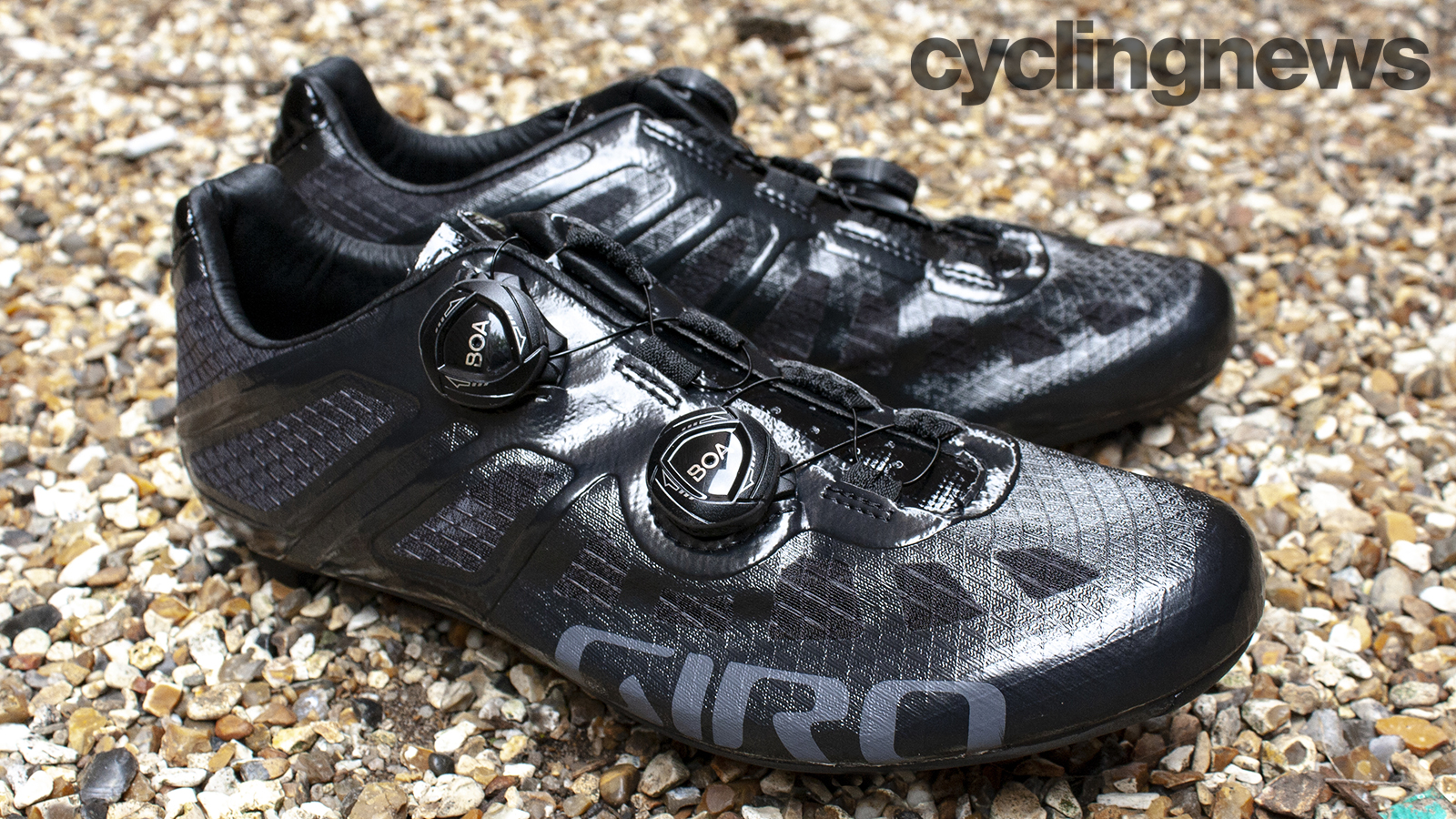
Design and aesthetics
Despite the obvious visual cues it shares with the Prolight, the Imperials differ by way of its twin-Boa retention system. Not only does this closure system represent a bold step for Giro, it has opened the brand to a new wave of cyclists who've previously stayed away owing to the lack of Boa functionality.
Visually, the Imperials are something to behold. The Easton EC90 SLX 2 carbon fibre sole is beautifully crafted and complements the proprietary sync-wire upper construction. The new materials do more than just add to the Imperial’s subtle, minimalist aesthetics - they also provide a combination of support and ventilation.
Manufactured from a cutting-edge mesh-reinforced Teijin fabric replete with thermo-welded structure, the space-age-looking Imperials are incredibly light and efficiently balanced to deliver optimal power delivery during the pedal stroke. For something so performance-bent you'd expect the Giro Imperials to be somewhat lacking in the comfortability stakes but they provide as much a cosseting fit as any of their stablemates and contemporaries.
The Imperials are available in three colours: black, white and red.
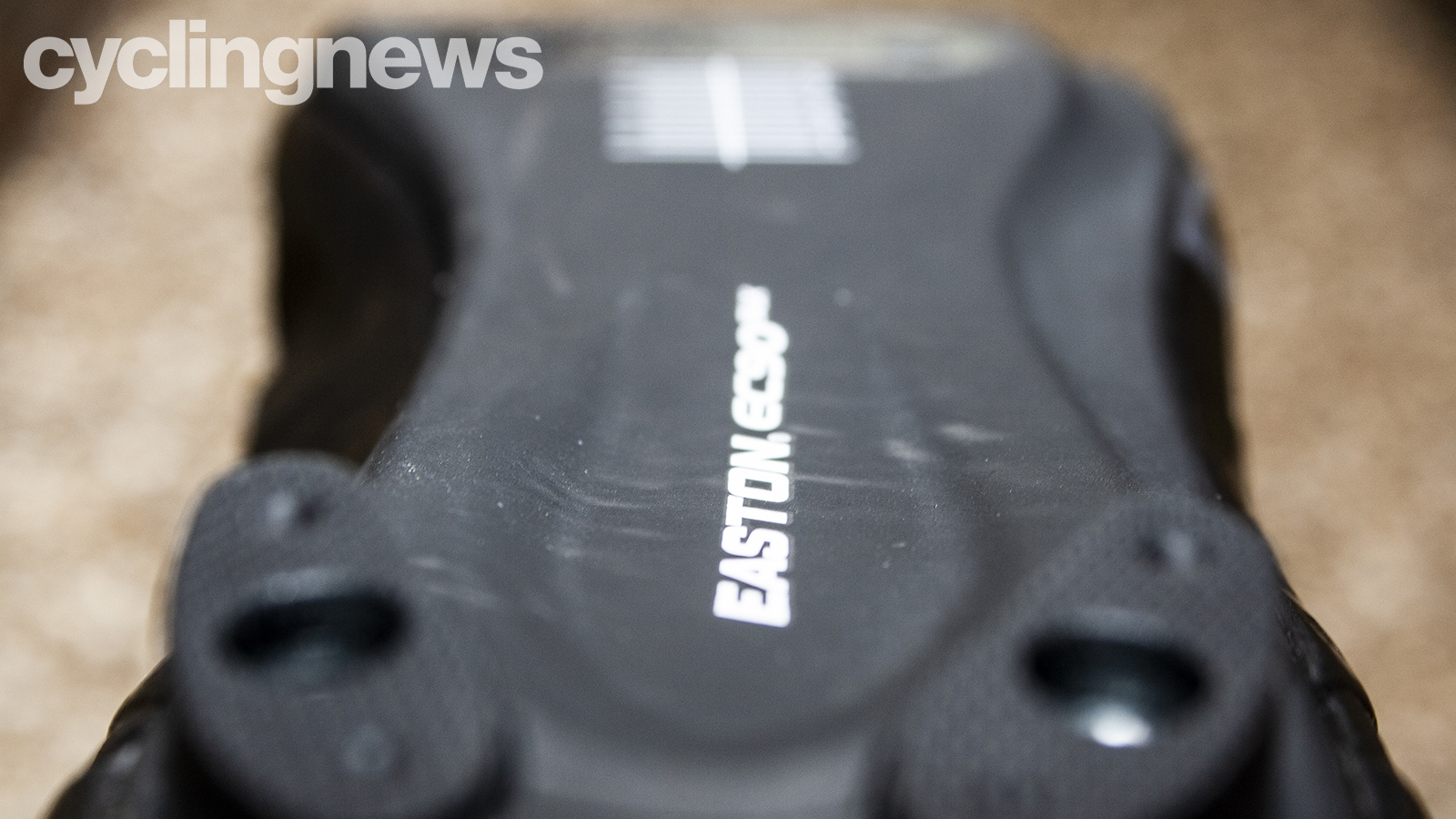
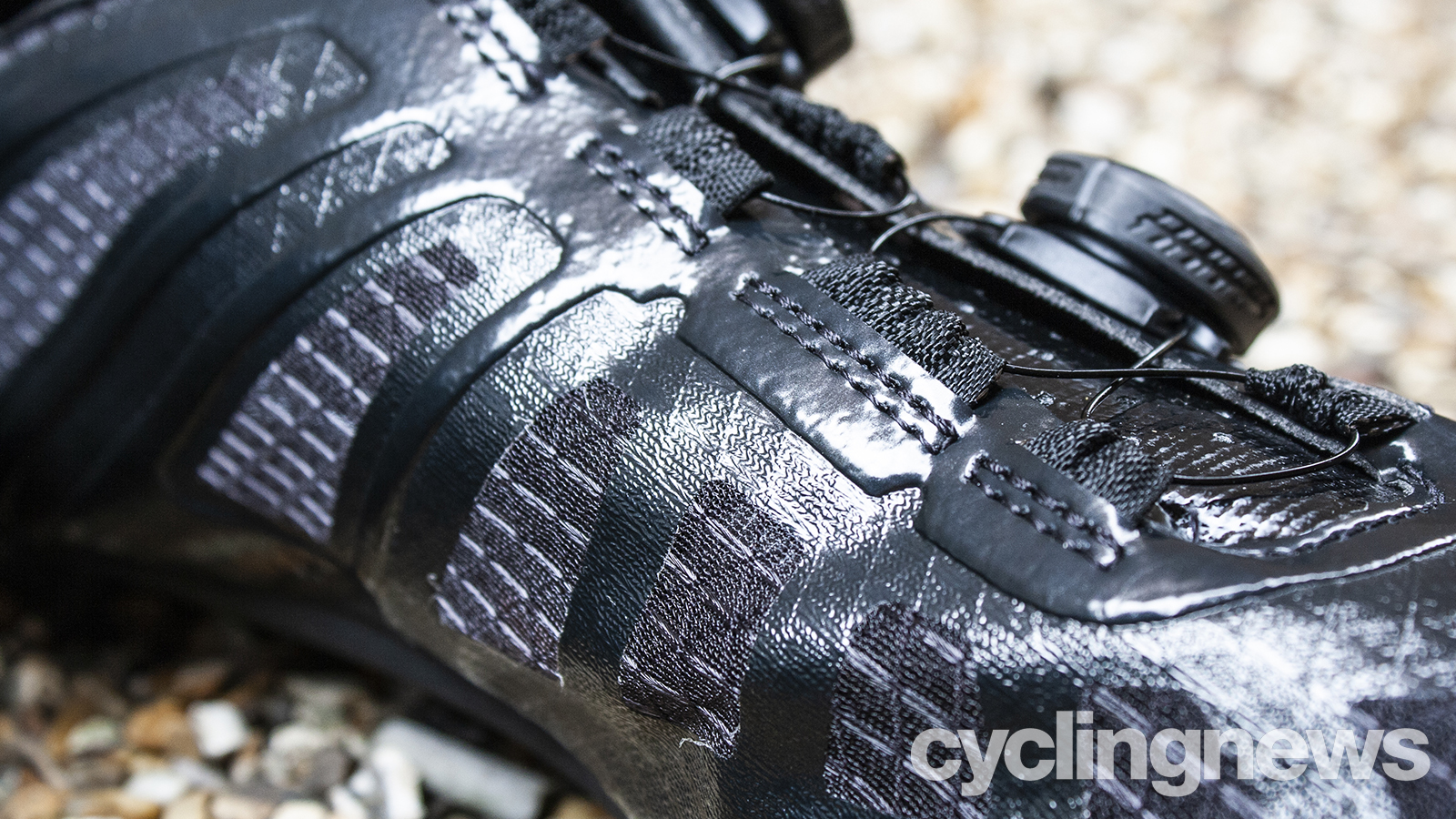
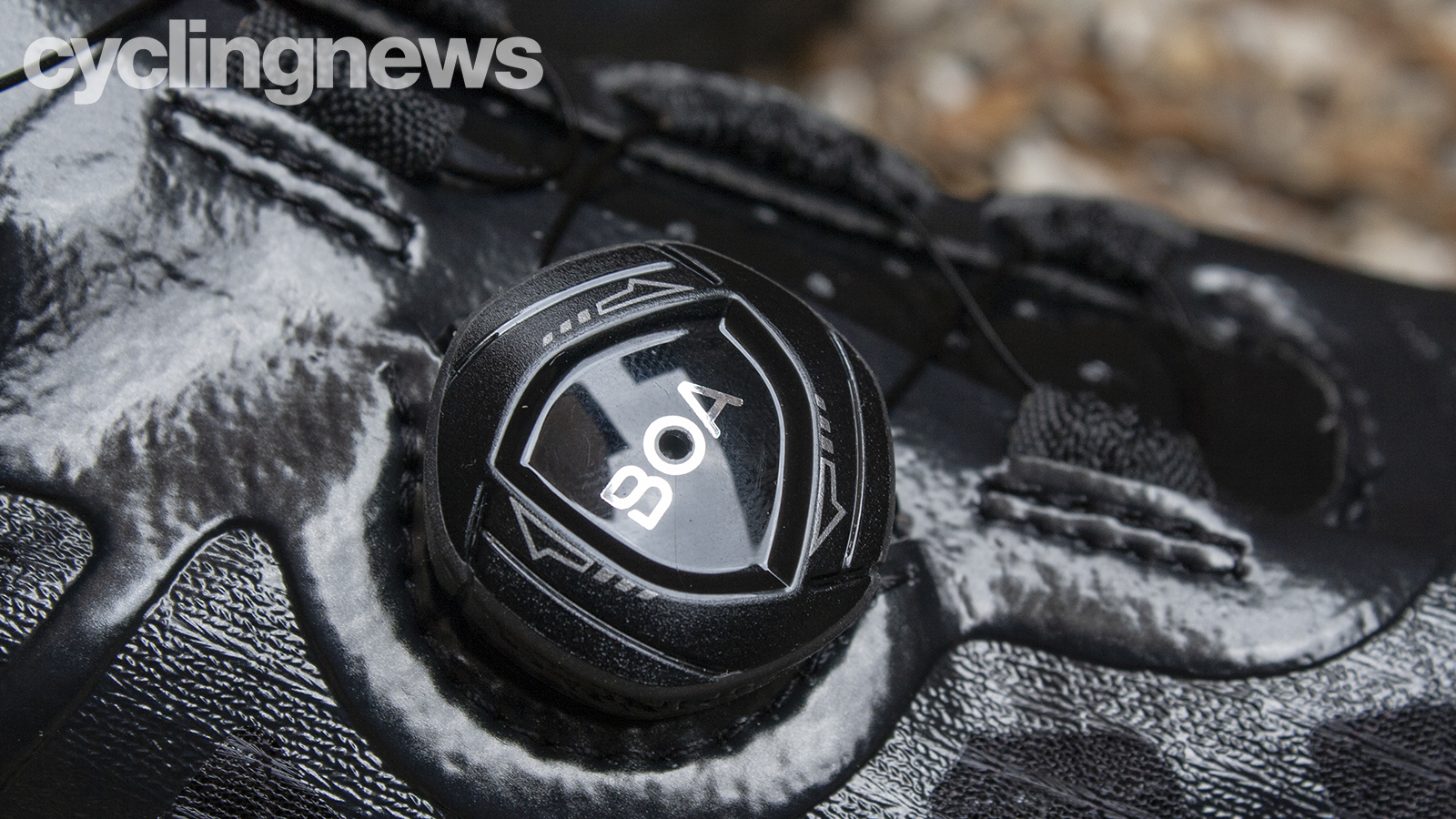
Performance, stiffness and comfort
They may not be the lightest model in the line-up - that spot is reserved for the 160g Prolight Techlace - but at 224g (actual weight) per shoe it’s certainly no heavyweight. The Easton EC90 SLX 2 carbon-fibre soles are stiff and responsive providing a solid platform from which to pedal - and while there's no flex, this has done little to impact comfort when spending several hours on the bike.
The build quality is exceptional which is to be expected from a halo model of this nature. The micro-adjustable Boa IP1 dials operate incrementally via a series of soft-lace guides that ensure an even spread of tension, which also minimises hotspots and helps with support.
Like other models in the line-up, the Imperials employ the company's Supernatural footbeds with adjustable instep support (these inserts range from low, medium and high to support all foot types) which further improve fit. Customised orthotics can also be used.
Out on the road, you'll immediately feel what all the fuss is about, no marketing fluff here. The shoes are not only incredibly comfortable but noticeably precise when it comes to power transfer. In fact, the Imperials combine the best qualities of the Empire SLX and Prolight - topped off only by the on-the-fly adjustability of the Boa dials.
That said, they are not without fault, the imperials will only ever work here in the UK and other northern hemisphere countries as a summer shoe - the mesh-upper fabric means they're just too thin and offer little in the way of insulation which will likely result in numb toes if used throughout the winter months.
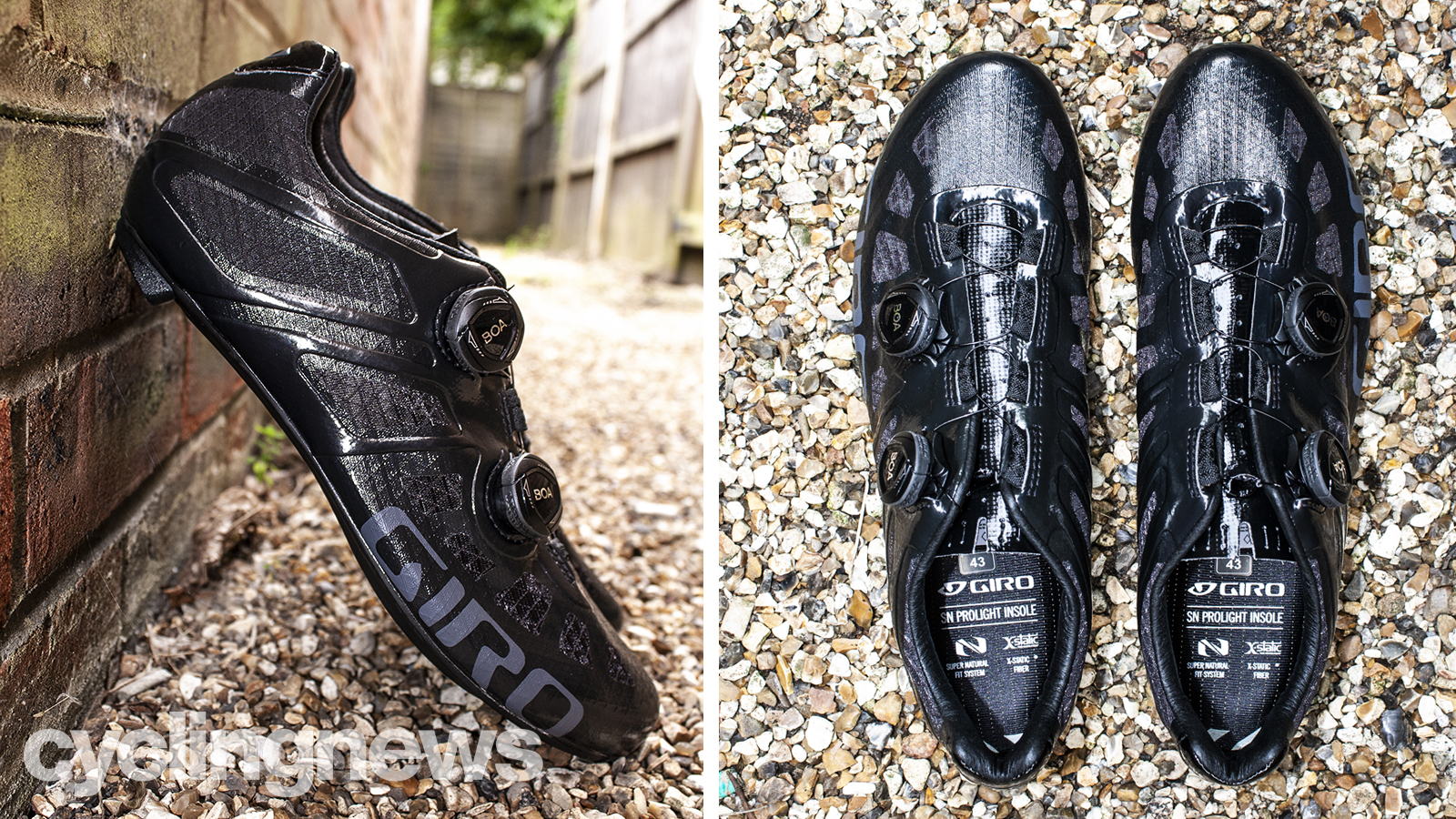
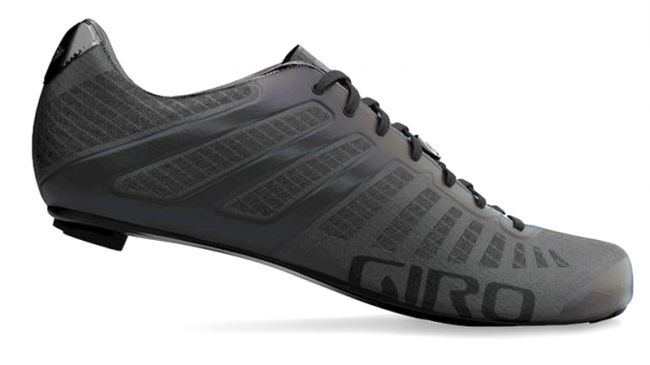
Verdict
There's no doubting the Giro Imperial's premium feel - not only in terms of functionality but performance, too. While they're appreciably light, this has done little to affect the way they perform or feel on the foot. In fact, they're super comfortable and mould to your feet's contours like a vacuum-sealed lunch bag.
The Easton EC90 SLX 2 outsoles are phenomenally stiff but never err on the side of harshness, instead, they add another level of performance, durability and resilience to the package. Furthermore, they're achingly beautiful but all this comes at an exorbitant sticker price. At £374 they're one of the priciest options around but still significantly cheaper than the Specialized S-Works EXOS - another proponent of lightweight precision. Compared to the EXOS shoes, however, the Imperials are more functional and are better equipped to cope with the rigours of competitive cycling, crashes included.
Which colour is best will come down to personal preference - while black will no doubt serve best as a weather-proof option showing up little in the way dirt and grime, the Imperials only really show their true beauty and contoured, textural aesthetic when optioned in white. Something also worth considering before splashing out is the possibility of downsizing. While the sizing is on par with Giro standards, the lightweight structure of the Teijin mesh has a propensity to flex and stretch so we'd suggest dropping a size to ensure a tighter and more personal fit.
Tech spec
- Price: Starting at US$425/ £374/ AU$712
- Weight: 215g (claimed), 224g (actual, size 42.5)
- Outsole: Carbon, Easton EC90 SLX 2
- Retention: Twin Boa
- Colours: 3
Aaron was the Tech Editor Cyclingnews between July 2019 and June 2022. He was born and raised in South Africa, where he completed his BA honours at the University of Cape Town before embarking on a career in journalism. Throughout this career, Aaron has spent almost two decades writing about bikes, cars, and anything else with wheels. Prior to joining the Cyclingnews team, his experience spanned a stint as Gear & Digital editor of Bicycling magazine, as well as a time at TopCar as Associate Editor.
Now based in the UK's Surrey Hills, Aaron's life revolves around bikes. He's a competitive racer, Stravaholic, and Zwift enthusiast. He’s twice ridden the Cape Epic, completed the Haute Route Alps, and represented South Africa in the 2022 Zwift eSports World Championships.
Height: 175cm
Weight: 61.5kg
Rides: Cannondale SuperSlice Disc Di2 TT, Cannondale Supersix Evo Dura-Ace Rim, Cannondale Supersix Evo Ultegra Di2 Disc, Trek Procaliber 9.9 MTB
